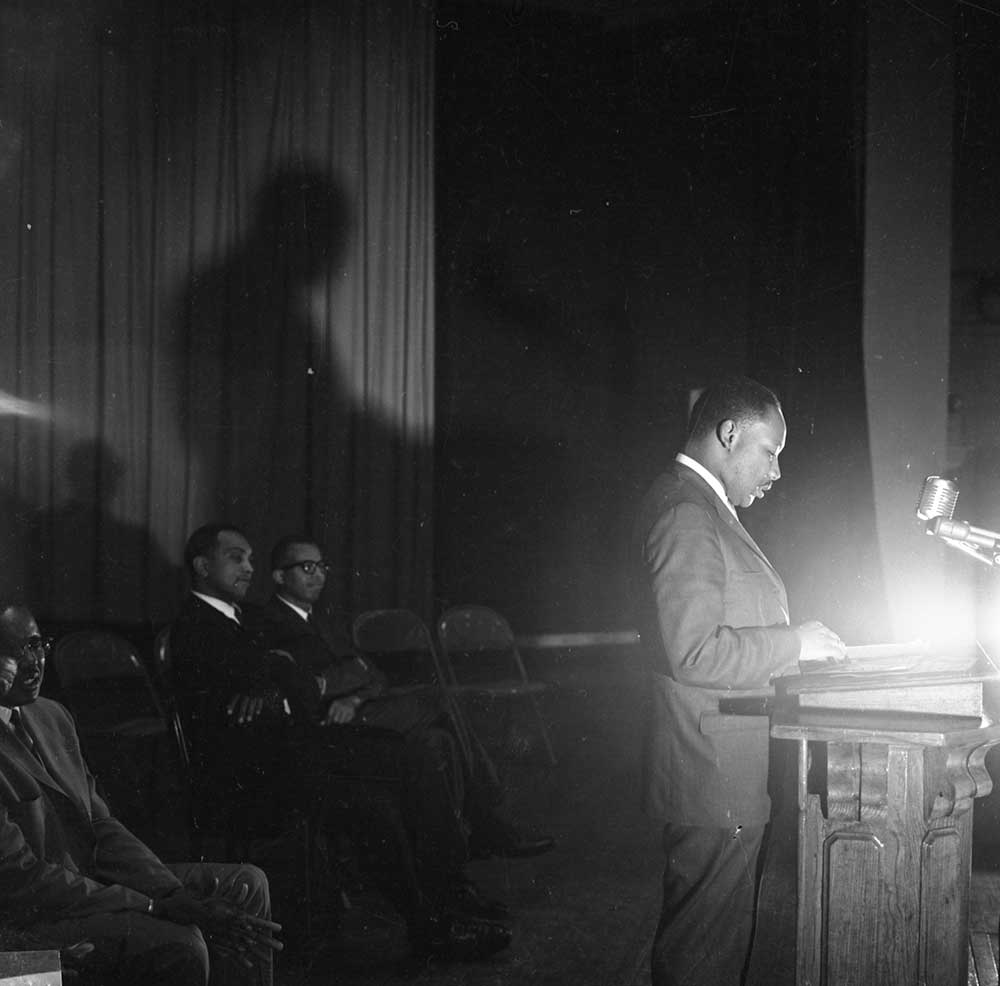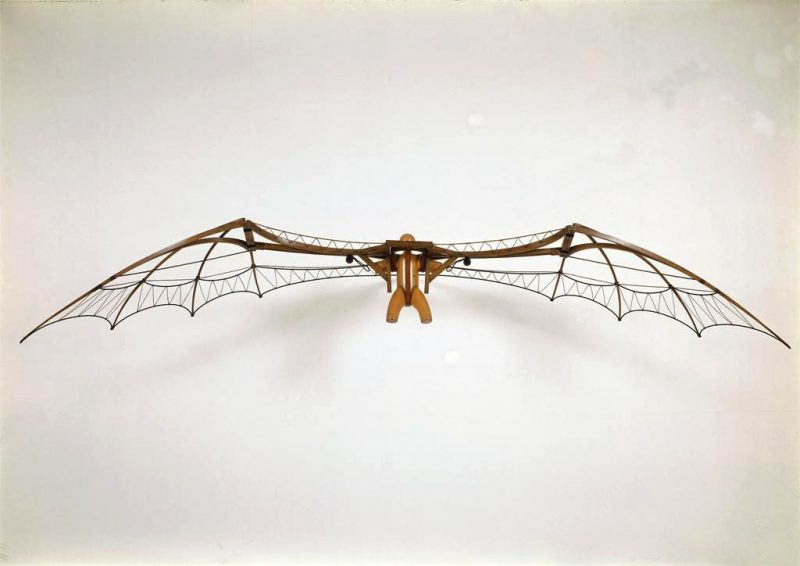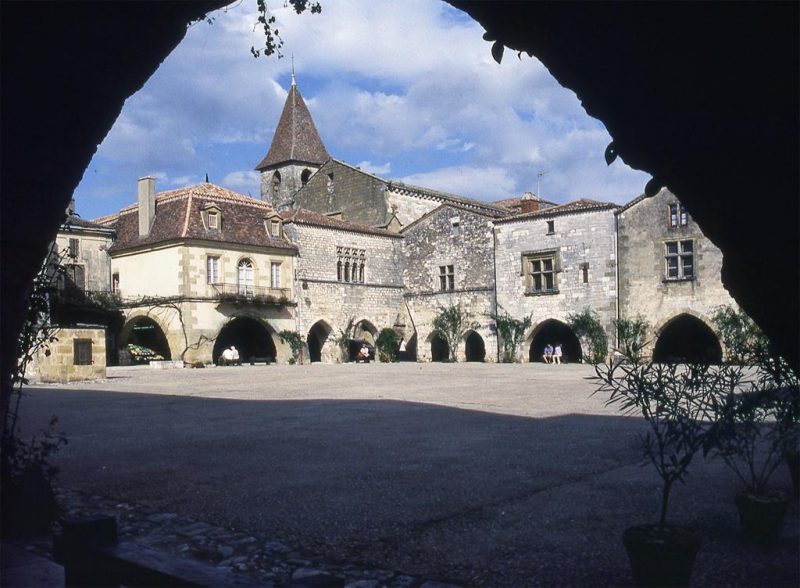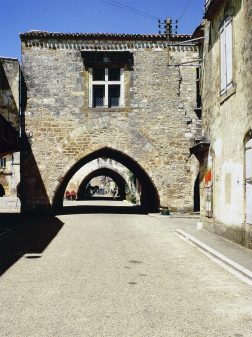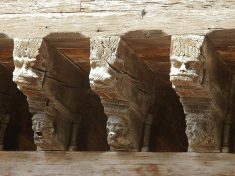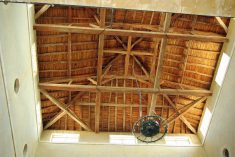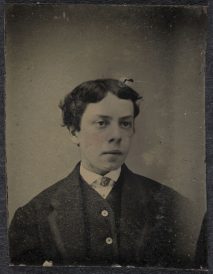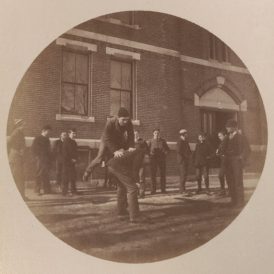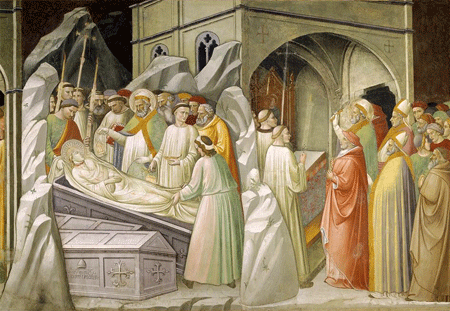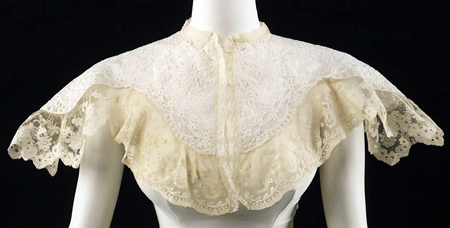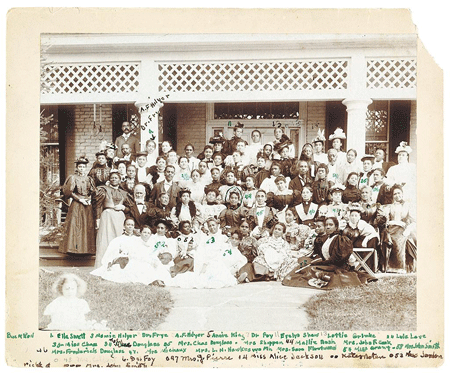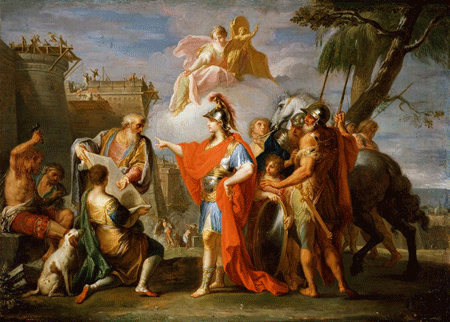Over the years, educators, librarians, and researchers at all levels, from secondary schools to graduate programs, have shared with us how they use Artstor in their teaching and research. We’ve gathered some of our favorites here, touching on topics as varied as medicine, ethnic studies, women’s studies, and more.
Would you like to share how you use Artstor? Leave a comment and we’ll follow up!
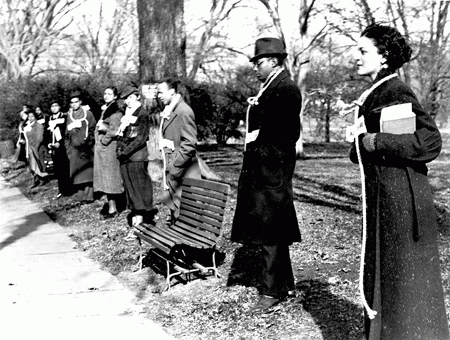
Unknown photographer. Howard University students picket the National Crime Conference, December 1934. Eyes of the Nation: A Visual History of the United States (Library of Congress)
Washington’s secret city: cultural capital
Amber N. Wiley, Ph.D., Visiting Assistant Professor of Architecture, Tulane University
Race, identity, and experience in American art
Dr. Jennifer Zarro, Tyler School of Art, Temple University
